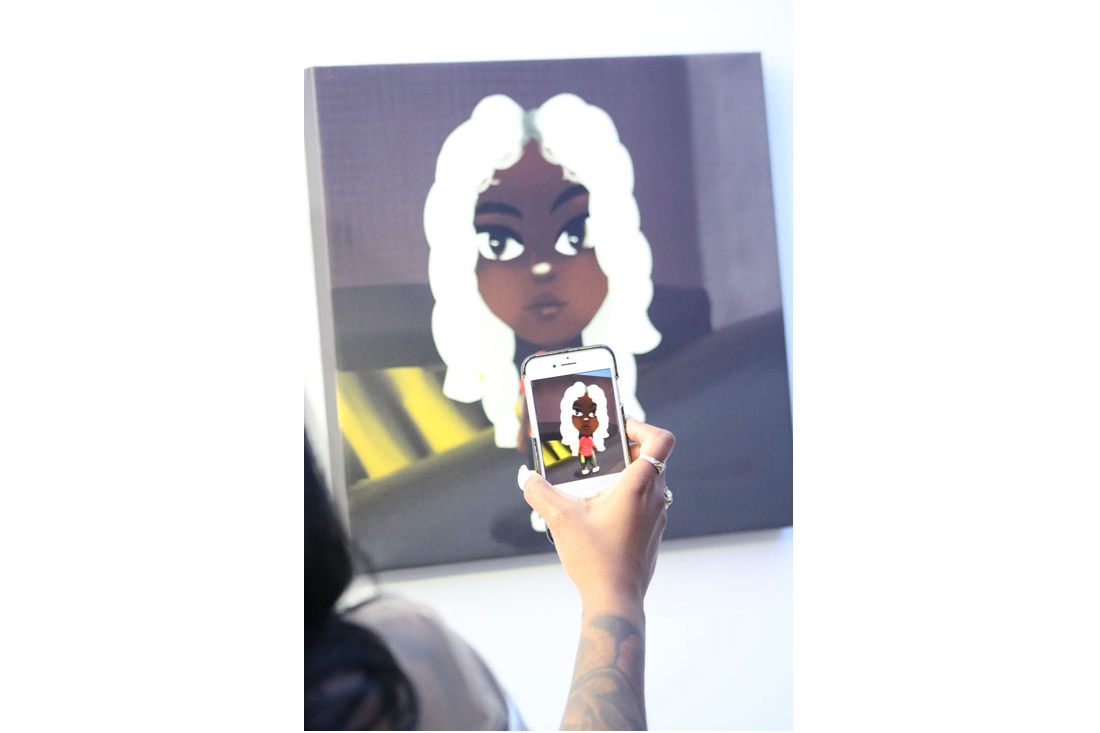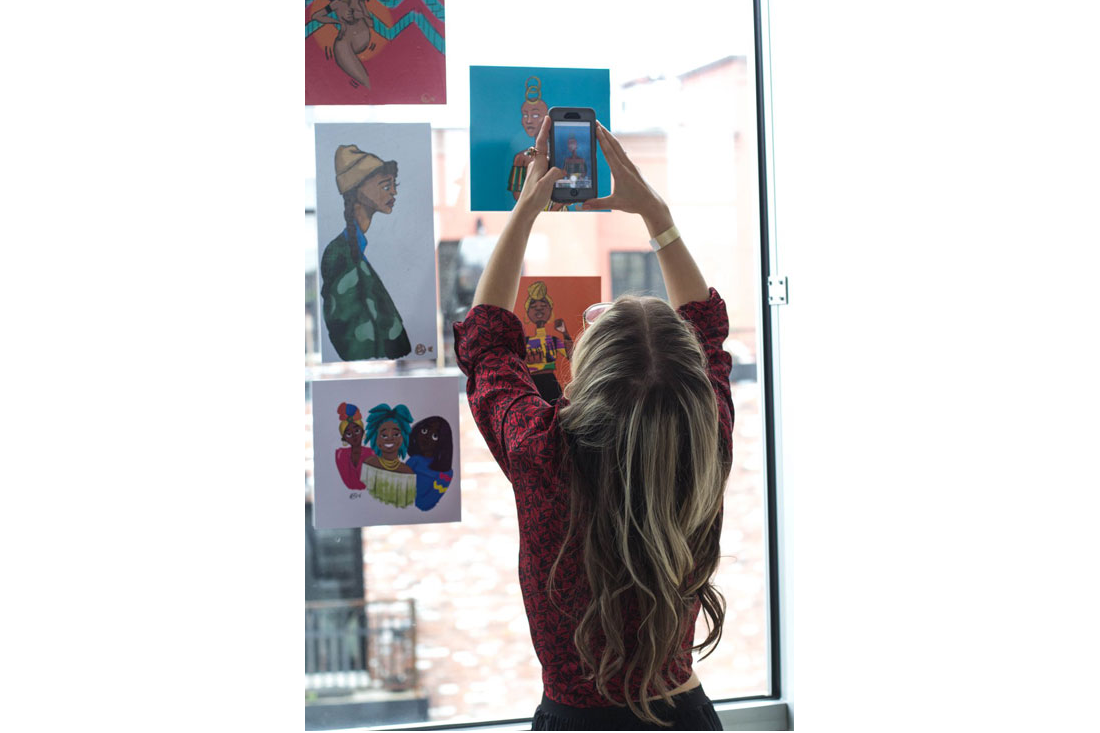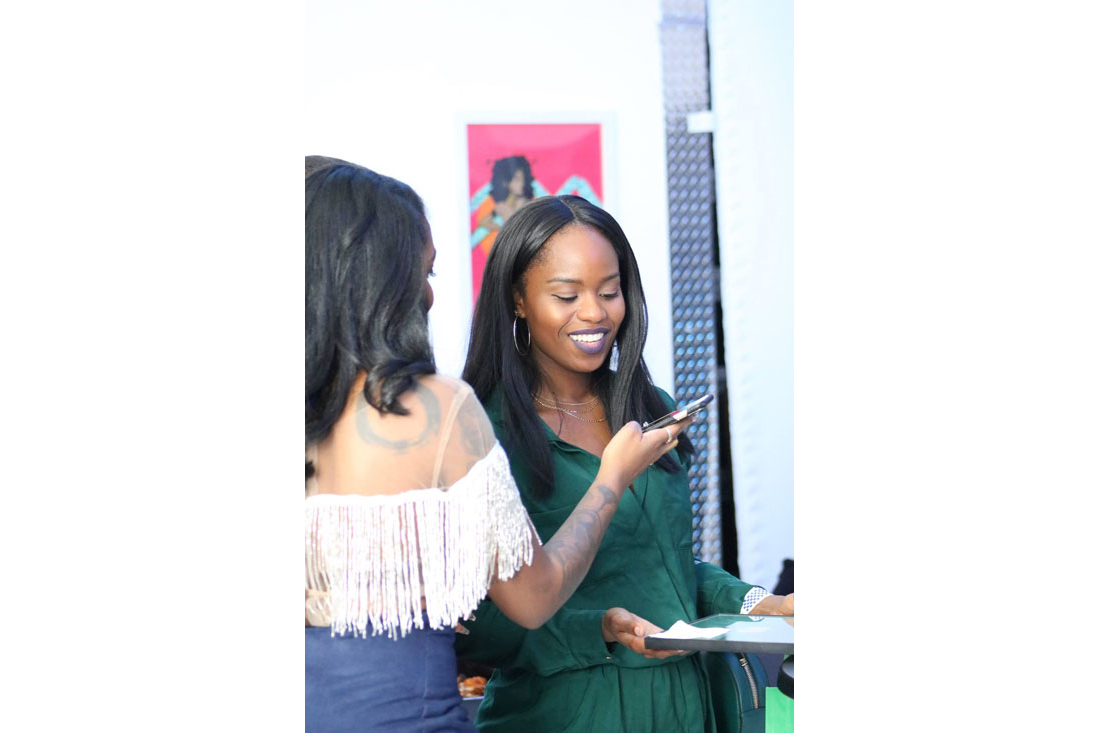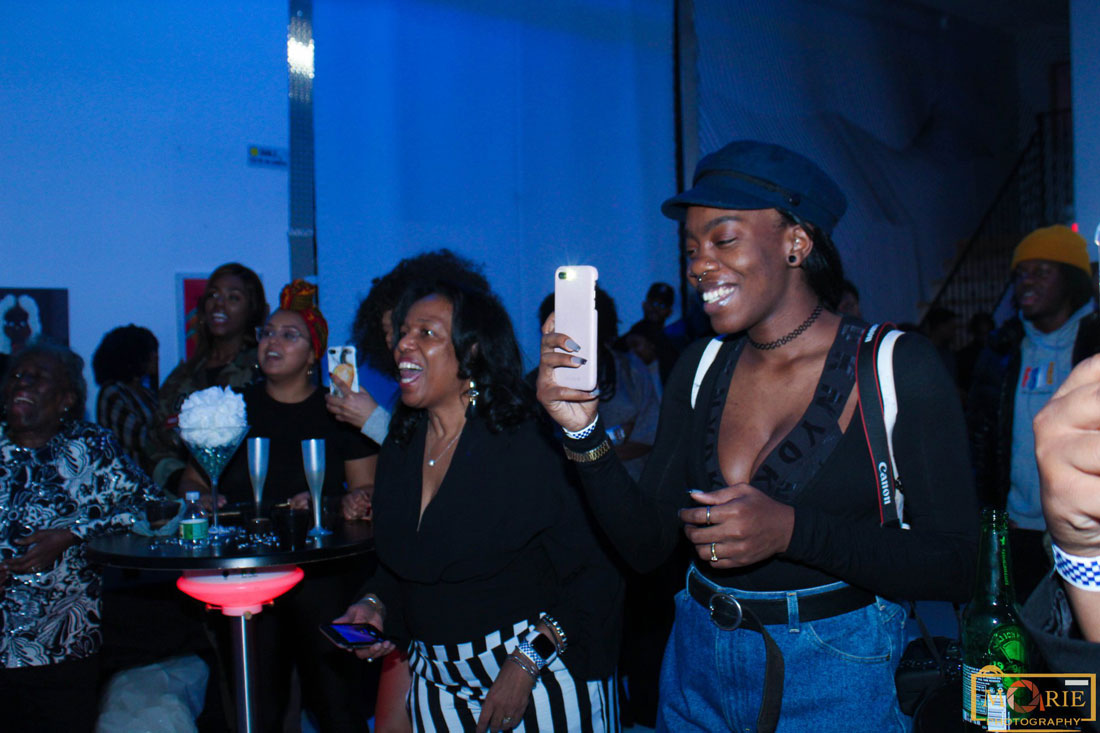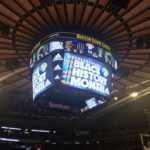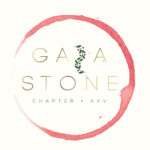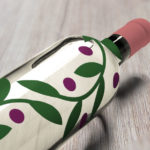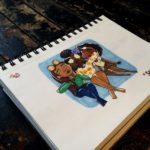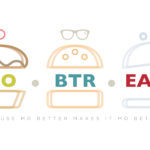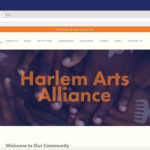14 Feb Member Spotlight: Denise Coke, Designer, Illustrator, and AR Innovator
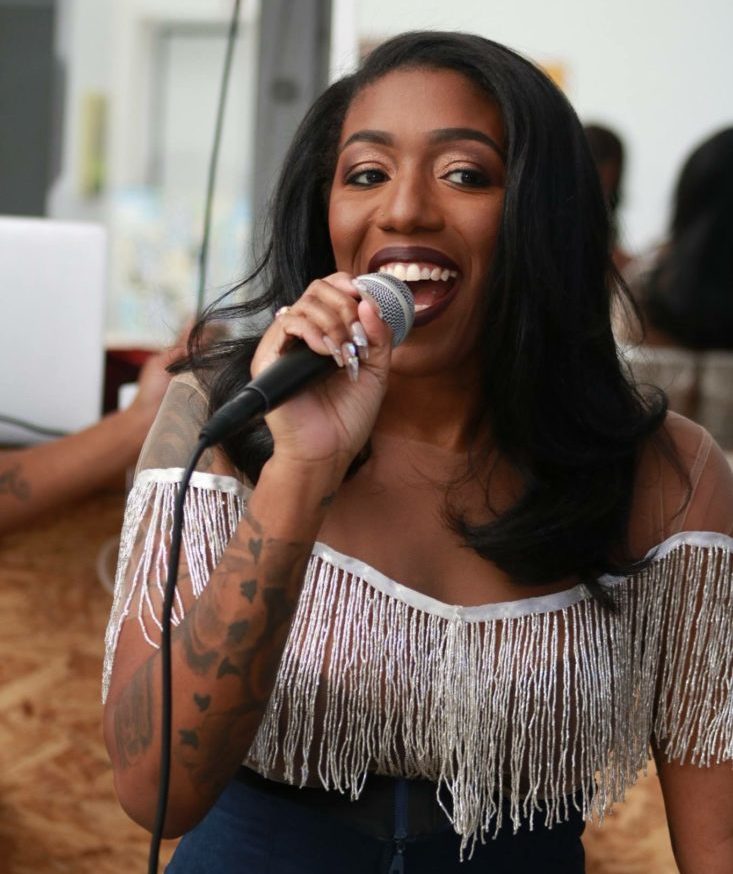
Extended Reality: AR, VR, and MR
Extended reality (XR) refers to all the technological experiences which enhance or extend what the user senses. The term covers Augmented Reality, Virtual Reality, and Mixed Reality.
Augmented Reality (AR): Digital elements are added to a physically sensed live experience, for example through a cell phone camera display. Often a live viewed scene is augmented with digital graphics. Augmentation also occurs audibly, in which digital sound (such as voiceovers) are added as the user travels through or experiences an environment.
Virtual Reality (VR): Entire environments are created digitally and the user explores them in an immersive experience, using goggles and headphones. Unlike AR, in VR the physical world is largely shut out.
Mixed Reality (MR): With the advent of new technologies, such as Microsoft’s HoloLens, MR environments can be developed. In MR environments, virtual elements interact with real-world objects.
- Motion graphics training will give the designer many basic skills that provide a basis for AR development. Adobe After Effects has a steep learning curve but is worth the effort.
- In order to add three dimensional objects to the AR environment, the designer should master 3-D software such as Adobe Dimension.
- Adobe recently launched Adobe Aero, an app which will permit the designer to build scenes by bringing in 2- and 3-D objects and animating them.
- The AR designer should also understand lighting, depth of field, and spatial relationships.
Learning AR
Learning the skills to develop AR environments is a heavy lift. Coke recommends learning the apps, and attending developer conferences, courses, and workshops to get a leg up.
- Motion graphics training will give the designer many basic skills that provide a basis for AR development. Adobe After Effects has a steep learning curve but is worth the effort.
- In order to add three dimensional objects to the AR environment, the designer should master 3-D software such as Adobe Dimension.
- Adobe recently launched Adobe Aero, an app which will permit the designer to build scenes by bringing in 2- and 3-D objects and animating them.
- The AR designer should also understand lighting, depth of field, and spatial relationships.
We’re often impressed with the creativity of our members, as indicated by our past Member Spotlights. But it’s not that often that we come across a member who surprises us with their willingness to dive headfirst into new technologies. They become adventurers, taking their work in different directions, and along the way become pathfinders for the rest of us. One such member is designer and illustrator Denise Coke. As a trained graphic and motion designer, she has been exploring the possibilities of augmented reality in creating experiences around her artwork. At a time of social distancing and pandemic measures, that work takes on particular resonance.
Bootstrapping Competence in AR
Although the first AR technology was developed in 1968, it is a new enough technology that few design programs have carried coursework in until fairly recently. So how did Coke get the training to work in AR? As a design student at the University of Bridgeport – graduating in 2011 – she focused her studies on graphic design and motion design. College was a rich experience. In addition to pursuing her studies, she started her design business, $NP Designs, producing club flyers and realizing to her delight that she could actually pay her bills doing something she loved.
After college, she was hired by Madison Square Garden, producing graphics for sporting and entertainment events. It was while working at the Garden that Coke became intrigued by the possibilities of AR – the idea that she could take something that doesn’t exist in the physical realm and put it into the real world. She proposed using AR in posters, bringing the artwork to life as passersby viewed them through their cell phone cameras.
Some of the motion graphic work Coke created for Madison Square Garden.
The project was killed, but Coke continued to explore AR, attending the Grace Hopper Celebration (GHC, a conference of women in computing), and teaching herself programs such as After Effects. In 2018, she held her first art show that incorporated AR. The event was held at a Colorwerx in Queens, NY, a large warehouse space with vast, white walls. Attendees could wander from work to work, and hold up their cell phones to bring the art to life. Coke envisioned the event as one that supported the community, bringing in local vendors to sell food and goods.
Building an AR Enthusiast Community
Coke has since left New York for California, taking on a job as senior designer at Orange Label, an ad agency working in the healthcare and retail markets. She continues to work with her $NP Designs clients in New York, working on both design and illustration projects. Her goal was to build a bicoastal client base, until the pandemic abruptly interrupted those plans. However, the quiet imposed by social distancing and the cessation of travel has permitted her to focus on her personal work in AR.
Currently, Coke is working on her third AR-based art event which will take place in LA in August of this year either in person (as an open-air event) or as a virtual event. Coke is will be taking the AR experience up a notch. She’s partnered with an augmented reality app to bring the artwork to life on large billboards, and is creating 3-D holograms which will move. The event will also feature an artist talk, a networking event, and if public health guidelines permit, a local business marketplace as in previous years. Her goal is to build a community of AR enthusiasts, and to excite interest in design and technology among high school students.
A Vision for the Future
Coke is branching into interior design, a field in which AR is already being used. AR apps have been devised to, for example, measure interior spaces, map furniture placement, and visualize how rooms will look with chosen furniture. While AR was experiencing tremendous growth before COVID, the pandemic has emphasized its value. Some of the industries where Coke sees AR playing a greater role are in home entertainment, where interactive components could connect streaming media to the real environment; in fashion, permitting shoppers to “try on” clothing or beauty products; in design for accessibility, making spaces more accessible for those with impairments; and in healthcare, where AR could enhance consumer education.
Samples from Denise Coke’s Portfolio
Event photographs © Sophie Marie, https://www.theoristyle.com/ & Marie Photography. Portfolio Images © Denise Coke. Images used with permission.

